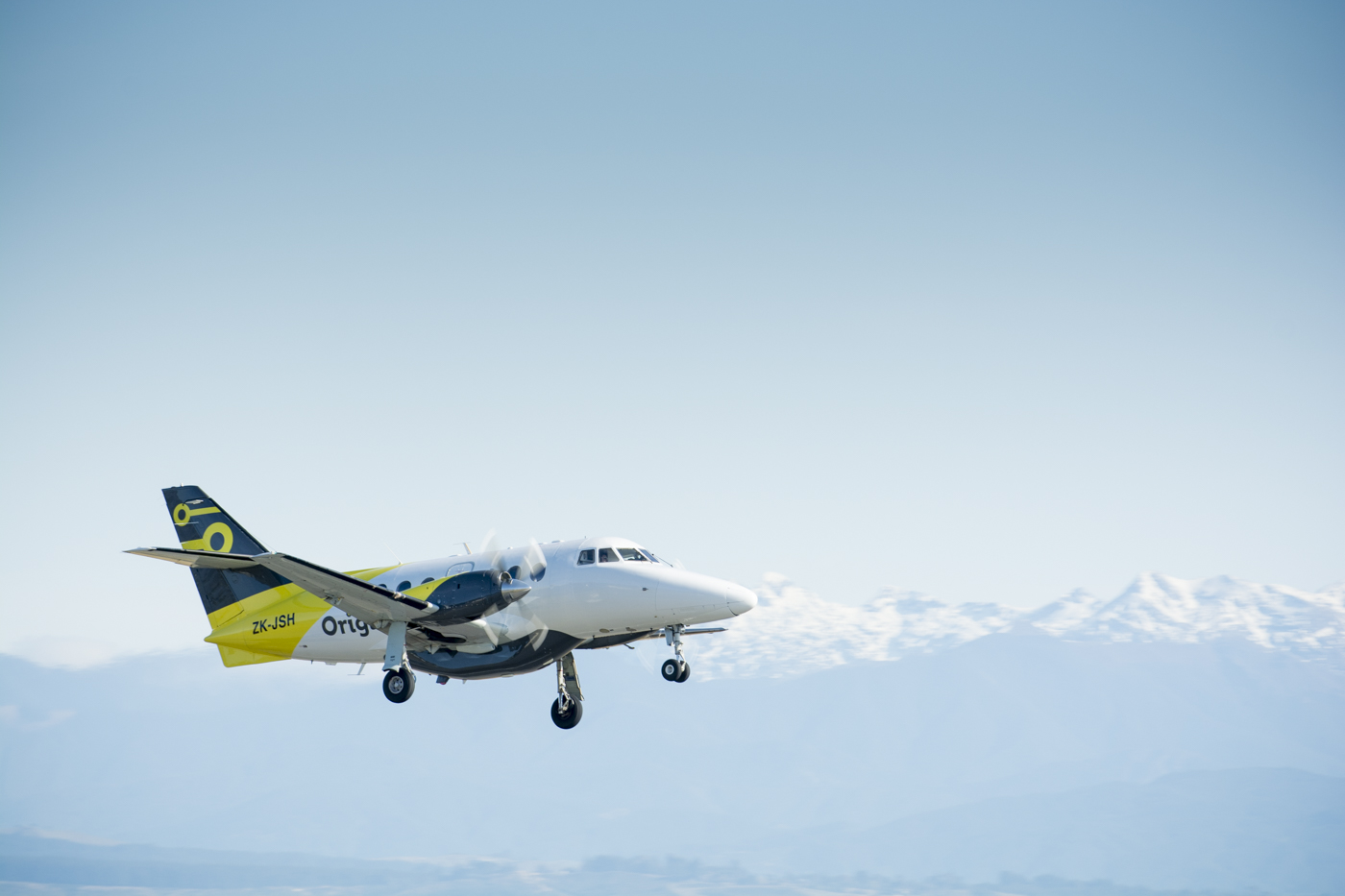
The airport caters for commercial, passenger and recreational operations. It provides for commercial and charter operations, aero-medical evacuations and transfers, and general aviation including training and recreational activities.
Originair flights operate between Westport Airport and Wellington six days per week.
Westport Airport is a joint venture between the Buller District Council and the Ministry of Transport. The airport is managed and operated by the Buller District Council which oversees the daily operation.
You can find out about transport options to and from Westport Airport and the Buller region on our rental cars, buses and transport page.
About Westport Airport
The airport is occasionally used as an airfield for military operations and training and is an essential point of entry for regional Civil Defence emergencies. The airfield has a sealed main runway and one grass taxiway.
The airfield navigation aids (DME and NDB) are provided and maintained by Airways Corporation of New Zealand under an agreement for services.
Westport Airport has an Emergency Response Plan to ensure that a well-co-ordinated response plan is available to airport users, airport staff, emergency agencies, and the community to respond in the event of an emergency.











